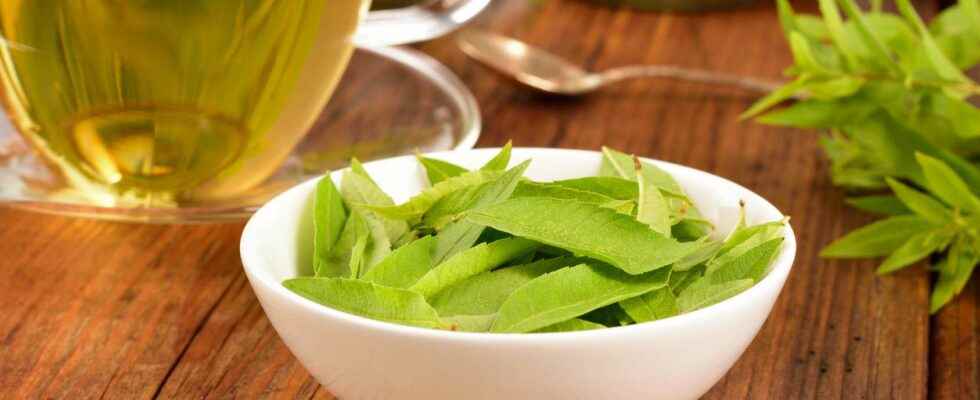Verbena officinalis, Verbena officinalis, belongs to the Verbenaceae family. It is a perennial plant, measuring 1 meter in height, with thin and stiff stems with small flowers lilac arranged in ears, bloom from June to October. Widespread in Europe, North Africa, China and Japan, verbena officinalis grows wild. She cultivates herself by sowing in spring and fall on undemanding, well-drained and sunny soils. Its aerial parts are picked in summer, during flowering. In France, the verbena is annual but in warmer countries it can become perennial. It tends to reseed itself naturally and it is not uncommon to find young plants around the mother plant.
A little history
Verbena has long been adorned with magical virtues, used in Gaul by the Druids during their pagan ceremonies, among the Romans to rekindle the flame of love then, in the Middle Ages, used as a lucky charm. From Asia to Europe, it is a medicinal plant considered as a universal remedy. At Ier century AD, Dioscorides calls it “the sacred herb”. The plant was used by Celts and the Germans in the context of occult practices, so much so that it was commonly called ” wizard’s herb “. Since then, verbena has entered the register of “grandmother’s remedies”.
The medicinal properties of verbena
Fortifying, verbena relieves the stress and anxiety. It is considered a tonic of the nervous system, useful against depression. It is also slightly sedative, which allows better sleep associated with nervous relaxation. Verbena stimulates the secretion of bile and therefore facilitates the digestion. It is for this reason that verbena is the ideal companion for late evenings because consuming a infusion of verbena after the evening meal does a double blow: the herbal tea effectively ensures a good digestion and one sleep fast.
Verbena research tends to show that verbena has a beneficial effect on the estrogen and progesterone. It would also stimulate the uterine muscles and the rise of milk.
Note. Herbal medicine has been used in traditional medicine for centuries. Its efficacy and safety are still debated. And for good reason, as the World Health Organization explains in a 1998 report“ a relatively small number of plant species have been studied for possible medical applications “. This article fits naturally into this approach. We should add that given the possible risks of adverse effects, drug interactions or even toxicity of certain plants, always inform your doctor if you regularly use herbal medicine.
Bibliography :
- Guide to Healing PlantsVidal edition, 2010.
- The Encyclopedia of Medicinal PlantsLarousse edition, 2001 and 2017.
- medicinal plantsEuropean Plant Substances Institute, March 2015.
- My essential oil bibleDanièle Festy, Leduc.s editions, 2017.
- Chemotyped essential oils, Dominique Baudoux and ML Breda, JMO edition.
Interested in what you just read?
